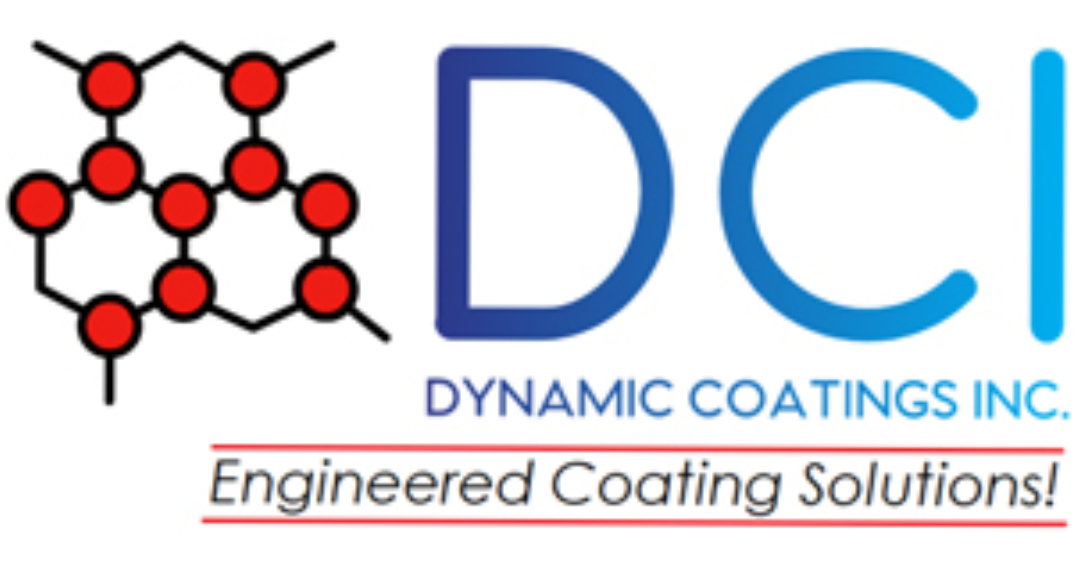polytetrafluoroethylene (PTFE) a.k.a. Teflon®
DuPont Corporation was the discoverer & initial developer of the linear long chain molecule “polytetrafluoroethylene” commonly referred to as PTFE. They brand named this development Teflon®. There are several other manufacturers of PTFE. The chemical formula is [C2F4]N. PTFE is a saturated aliphatic fluorocarbon, is almost completely inert, has very low surface energy with little tendency to bond to other materials. The coefficient of static and dynamic friction are nearly equal at about the level of wet ice on wet ice. It is not wetted by and does not absorb water. It is unaffected by acids, bases and solvent normal to industry at temperatures under 500° F. Gamma radiation affects strength and X-ray affects dielectric. Pure PTFE creeps under load.
 PTFE particles produced by dispersion polymerization are typically 0.2 microns in size. Particles produced by granular polymerization are several hundred microns in size and of much higher molecular weight. Granular particles are fused by sintering at approximately 800° F. Sintered PTFE is not suitable for chemical resistant coatings. DuPont is the sole manufacturer of Teflon® products, though they are not the sole manufacturer of PTFE.
PTFE particles produced by dispersion polymerization are typically 0.2 microns in size. Particles produced by granular polymerization are several hundred microns in size and of much higher molecular weight. Granular particles are fused by sintering at approximately 800° F. Sintered PTFE is not suitable for chemical resistant coatings. DuPont is the sole manufacturer of Teflon® products, though they are not the sole manufacturer of PTFE.
Other common fluoropolymers are fluorinated ethylene propylene (FEP) and perfluoralkoxy (PFA). These are considered melt coatings and have excellent release and chemical resistance within their temperature constraints. For example, with many chemicals, FEP and PFA can be used in temperatures up to 500° F. Contact one of our dry film lubricant application engineers for specific chemical vs. temperature data. FEP has the best overall release, especially with high sugar content such as candy. PFA has nearly as good a release quality in most applications and is much more durable than FEP. Due to lower molecular weight, both have a higher coefficient of friction under load and in dynamic conditions than PTFE. Neither FEP or PFA equal the wear quality of PTFE.
 These fluoropolymers can be blended into a resin bonded system or used in their melt or sintered form. Single coat systems are all resin bonded. All the basic sintered or melt systems are primer coat plus top coat. Other systems are three-coat systems. Heavy (thick) build-ups are all multi-coats. Cost goes up with each coat applied. Some heavy coats require an application called “hot flocking”. Heavy coatings do not provide as good an appearance and are not as smooth as thin films.
These fluoropolymers can be blended into a resin bonded system or used in their melt or sintered form. Single coat systems are all resin bonded. All the basic sintered or melt systems are primer coat plus top coat. Other systems are three-coat systems. Heavy (thick) build-ups are all multi-coats. Cost goes up with each coat applied. Some heavy coats require an application called “hot flocking”. Heavy coatings do not provide as good an appearance and are not as smooth as thin films.
Many firms manufacture generic versions of these materials. Other firms utilize the materials in the manufacture of resin bonded release/lubrication products. Most long wearing films are of the resin bonded type. While the fluoropolymer filler is distributed throughout the carrier resin, due to the poor wetting contact angles, a significant amount floats to the surface of the resin film during cure. This lowers static friction and improves release in resin bonded systems especially during initial use.
